Indonesia: Slaughter steers AUD $3.48/kg liveweight
The critical news for the Australian industry this month is confirmation by the Indonesian government that as of January 1, 2015, the 350kg limit for feeder and slaughter cattle will be back in force.
While this will help the new AACo abattoir a little, the continuing expansion of the Vietnamese market has the potential to accommodate a significant proportion of these animals rather than dumping them back onto the northern Australian market.
Live cattle prices are edging up slightly (in local currency) but the lot feeders are in a difficult position once again with strong supplies of fat cattle selling into a market that is a quite soft with supplies of cheap imported box beef holding retail prices steady.
The next month will be even more uncomfortable for Indonesian lot feeders as they start to unload their higher priced imports into this fractured market with cheap frozen beef likely to continue to restrict their capacity to lift the market price to meet their need for additional returns just to break even. The apparent healthy price rise in the slaughter steer price above is simply a reflection of the Indonesian Rupiah strengthening slightly against the AUD$.
Prices in north Sumatera (Medan) remain much higher at around AUD $3.65 for fat steers because they are so far away from Jakarta they effectively have their own supply and demand environment. This unique market cannot easily be influenced by Jakarta because it is logistically very difficult and expensive to truck fat cattle from Lampung all the way north to Medan.
The distance isn’t the problem, it’s the shocking state of the roads that mean that a 1770 km road trip from Lampung to Medan will take 50 hours or more (average speed 35km per hour!).
The new Minister for Agriculture remains behind closed doors with his Department so there are no new policy announcements as yet. The 350 kg re-instatement was put in place by the outgoing administration.
Vietnam: Slaughter steers AUD $4.16/kg
Domestic prices remain steady while the Vietnamese Dong has strengthened quite a lot against the AUD$.
One of the larger processors announced in the press recently that despite the huge rise in imports of Australian live cattle that this new level of supply was still unable to meet the local demand which continues to climb.
Traditional supplies of live cattle imports from Cambodia and Laos have dried up almost completely. While imports of frozen beef have also increased, retailers advise that the Vietnamese consumer still has a very strong preference for fresh beef resulting in about 80pc of all sales as fresh product.
Vietnamese love their offals too with those below very high on their list of favourites.
Thailand: Slaughter Steers AUD $3.79/kg
The late mail is that there will be an announcement any day now that the Thai protocol for imports of Australian feeder cattle has been officially agreed by both governments.
This should allow for imports to begin early next year although the traditional issues of tight supplies and high prices during the northern Australian wet season is likely to delay the first shipments until April or May.
ESCAS requirements need to be established for new importers so this will also need a little time to put in place.
The Thai domestic market remains steady for beef and live cattle with the slight rise in the price above being entirely due to the weaker AUD against the Thai Baht.
Malaysia: Slaughter steers AUD $3.29/kg
Not much to report in the Malaysian market with the slight price increase resulting from currency fluctuations.
Petrol prices have just been raised by about 20 cents per litre across Malaysia with retailers blaming weak demand for expensive fresh beef on this recent price hike.
Philippines: Slaughter cattle AUD $2.14/kg (mainly cull cows & bulls)
The Filipino economy is the most buoyant in the region with strong GDP growth providing everyone with an optimistic outlook for the future. The local live cattle price has lifted about 3.6pc while AUD has weakened against the Peso. The end result is a significantly higher AUD$ slaughter cattle price for this month.
Christmas is the traditional celebration season for the Philippines so prices are expected to stay strong for at least another month.
China: Slaughter cattle AUD $4.26 / kg (RMB 5.17 = AUD$1)
During November I travelled to China and engaged two agents to collect beef and livestock information for this report.
One agent is based in Beijing in the north while the other reports from Shanghai on the east coast some 1200 kilometres to the south of Beijing.
The northern report on live cattle prices refers to beef cattle while the Shanghai price is based on the sale of cull dairy cows. China is such a huge place that the prices in any one location are really a reflection of local factors rather than “China” as a whole so what will be important is the trend in the prices rather than a specific figure at any single location. Ideally, I need to have about 20 agents collecting information from one end of the country to the other but that is just not feasible so this will have to do for now.
The actual RMB prices for live slaughter cattle at the two locations at the end of November were RMB 24 per kg for beef cattle in Beijing (AUD$4.64) and RMB 18 for the cull dairy cows in Shanghai ($3.48).
As I am interested more in the true beef cattle price, I have chosen to weight the average towards the Beijing figure and use RMB 22 as the weighted average price. I therefore used this figure and divided by the current exchange rate and came up with the AUD $4.26 figure used for the graph on the first page.
The retail meat prices are based on knuckle (round) as for all the other market reports. The market visits were interesting with wet markets and supermarkets generally similar to other parts of Asia with the main difference being the wet markets are all established inside closed buildings as the weather is much colder in both Beijing and Shanghai than any of our other more tropical Asian countries.
Supermarket prices were generally very high with the top value products selling for about $60 per kg. The photo below was taken in a Shanghai supermarket. All prices in the markets I visited are advertised as per 500 grams. The highest and lowest prices in this cabinet are 59 and 158 RMB per 500 grams which translates to AUD$22.82 and $61.12 per kg respectively. This is not too surprising until you visit the chicken and pork counters which are only a few meters away. See photos below. I was able to walk straight up to the beef counter and take this photo as there was nobody there to get in the way. It was a very different story at the pork counter.
In the photo below showing the pork counter you will notice that the price is 15 and 13 RMB per 500 grams for prime cuts of pork which translates to AUD$5.80 and $5.02 per kg so the customers here need to have a strong desire for a beef meal to walk past this counter and buy the average piece of beef for just under 10 times the price of pork.
And if you like that price then chicken is even better at RMB 8.80 per 500 grams or about AUD$3.40 per kg (frozen). You can see how Chinese are fond of chicken feet as one of their favourite dim sum dishes as the feet in this supermarket are 34pc more expensive than the broiler carcase.
There has been plenty in the press recently about expectations that the final agreement for a feeder and slaughter protocol to China is about to be announced.
Now that I have had my first trip to China I am an instant expert so here is my take on the situation:
- China does not have a surplus of agricultural waste products like the rest of Asia does because it still has a very large beef herd – guess 50 to 70 million head and a massive and fast growing dairy industry, both of which still manage to use up most of the locally available ruminant feed resources.
- They do have substantial under-utilized feedlot and abattoir capacity.
- This suggests to me that the importation of heavier cattle for slaughter might be the most attractive option to increase beef supplies through live exports.
- Given the existing sophisticated cold chains and distribution networks servicing a growing urban environment, importation of processed beef products is likely to be the most cost effective means of acquiring a lot more beef to feed a rapidly growing urban customer base.
- If the above guesswork is true then China will take a modest number of heavy live cattle for slaughter and service the bulk of its beef import needs from Australia in the form of processed product. This “modest” number of live cattle is still likely to be in the hundreds of thousands of head per year once they get some momentum.
- Either way the Australian beef industry will be a massive winner
Market report for November (All prices converted to AUD)
These figures are converted to AUD$ from their respective currencies which are changing every day so the actual prices here are corrupted slightly by constant foreign exchange fluctuations. The AUD$ figures presented below should be regarded as reliable trends rather than exact individual prices. Where possible the meat cut used for pricing in the wet and supermarket is Knuckle/Round.
| Location | Date | Wet MarketAUD$/kg | Super market$/kg | Broiler chicken$/kg | Live SteerSlaughter WtAUD$/kg |
| Jakarta | April 14 | 8.52 | 5.93-8.52 | 2.77 | 3.06 |
| May 14 | 8.52 | 8.80 | 2.77 | 2.96 | |
| June 14 | 8.52 | 8.80 | 2.77 | 2.96 | |
| July 14 | 11.00 | 12.38 | 3.00 | 3.30 | |
| August 14 | 10.09 | 10.36 | 3.02 | 3.30 | |
| Sept 14 | 10.28 | 10.36 | 3.08 | 3.36 | |
| October 14 | 10.37 | 11.32 | 2.73 | 3.30 | |
| Nov 14 | 10.62 | 11.58 | 2.90 | 3.38 | |
| Medan | April 14 | 7.60 | 7.22-8.33 | 1.76 | 3.33 |
| May 14 | 7.50 | 8.80 | 1.76 | 3.29 | |
| June 14 | 7.40 | 8.80 | 1.76 | 3.29 | |
| July 14 | 10.09 | 11.00 | 1.92 | 3.39 | |
| August 14 | 8.44 | 8.44 | 1.92 | 3.45 | |
| Sept 14 | 8.69 | 9.11 | 1.63 | 3.50 | |
| October 14 | 8.58 | 8.30 | 1.32 | 3.53 | |
| Nov 14 | 9.17 | 9.66 | 1.35 | 3.67 | |
| Philippines | April 14 | 5.14 | 5.39 | 2.69 | 1.96 |
| May 14 | 5.07 | 5.29 | 2.64 | 1.96 | |
| June 14 | 4.90 | 5.14 | 2.81 | 1.91 | |
| July 14 | 4.90 | 5.09 | 2.79 | 1.91 | |
| August 14 | 4.90 | 5.12 | 2.79 | 1.91 | |
| Sept 14 | 5.08 | 5.18 | 3.05 | 1.98 | |
| October 14 | 5.10 | 5.22 | 3.06 | 1.98 | |
| Nov 14 | 5.43 | 5.48 | 3.32 | 2.14 | |
| Thailand | April 14 | 9.33 | 7.50 | 2.33 | 3.33 |
| May 14 | 9.33 | 7.33 | 2.33 | 3.50 | |
| June 14 | 9.33 | 7.33 | 2.33 | 3.50 | |
| July 14 | 9.33 | 7.33 | 2.33 | 3.50 | |
| August 14 | 9.50 | 7.33 | 2.33 | 3.50 | |
| Sept 14 | 8.07 | 9.82 | 2.45 | 3.68 | |
| October 14 | 8.42 | 9.82 | 2.45 | 3.68 | |
| Nov 14 | 8.68 | 10.12 | 2.53 | 3.79 | |
| Vietnam | |||||
| Hanoi | July 14 | 12.50 | 15.45 | 2.75 | 3.65 |
| Ho Chi Minh | July 14 | 12.00 | 13.00 | ||
| H | August 14 | 12.62 | 15.45 | 3.75 | |
| HCM | August 14 | 12.00 | 12.62 | ||
| H | Sept 14 | 13.41 | 16.58 | 6.97 | 4.02 |
| HCM | Sept 14 | 11.80 | 13.95 | 6.97 | 4.02 |
| H | October 14 | 13.44 | 16.61 | 6.99 | 4.03 |
| HCM | October 14 | 11.82 | 13.97 | 6.99 | 4.03 |
| H | Nov 14 | 13.89 | 17.18 | 5.55 | 4.16 |
| HCM | Nov 14 | 12.78 | 14.45 | 9.44 | 4.16 |
| Malaysia | July 14 | 8.69 | 8.69 | 2.07 | 3.14 |
| August 14 | 9.50 | 9.50 | 2.07 | 3.25 | |
| Sept 14 | 9.79 | 2.27 | 3.32 | ||
| October 14 | 9.66 | 9.50 | 2.24 | 3.24 | |
| Nov 14 | 9.62 | 2.47 | 3.29 | ||
| China | |||||
| Beijing | Nov 14 | 12.40 | 19.72 | 4.64 | 24 |
| Shanghai | Nov 14 | 17.40 | 17.40 | 4.64 | 18 |
- To visit Dr Ross Ainsworth’s South East Asia Beef Report blog site, click here


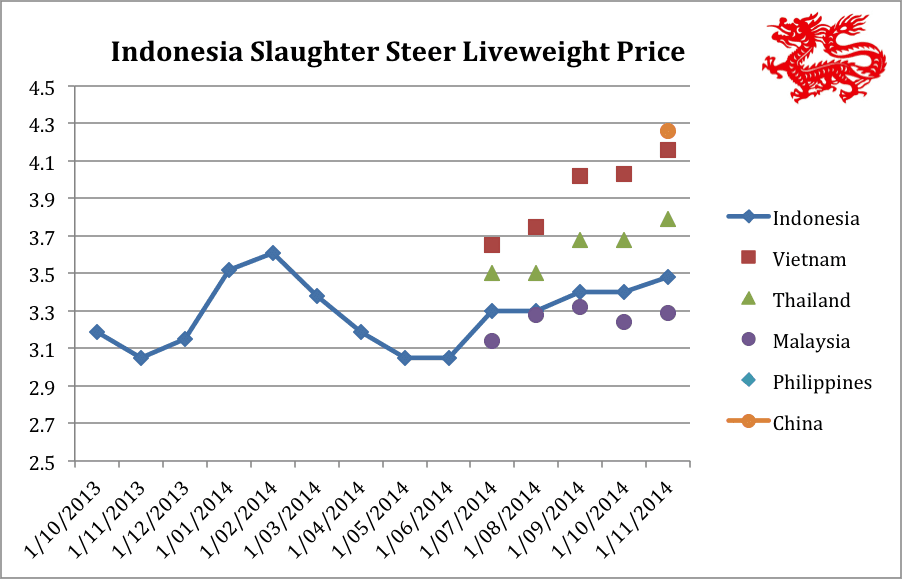
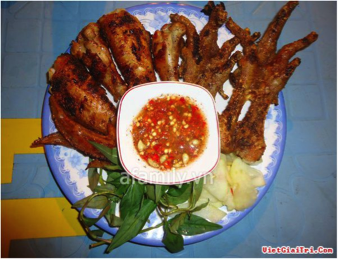
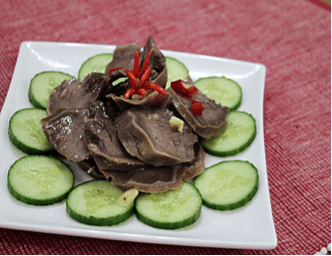
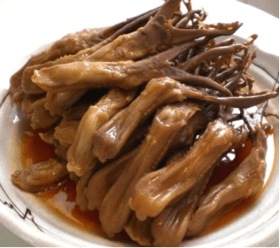
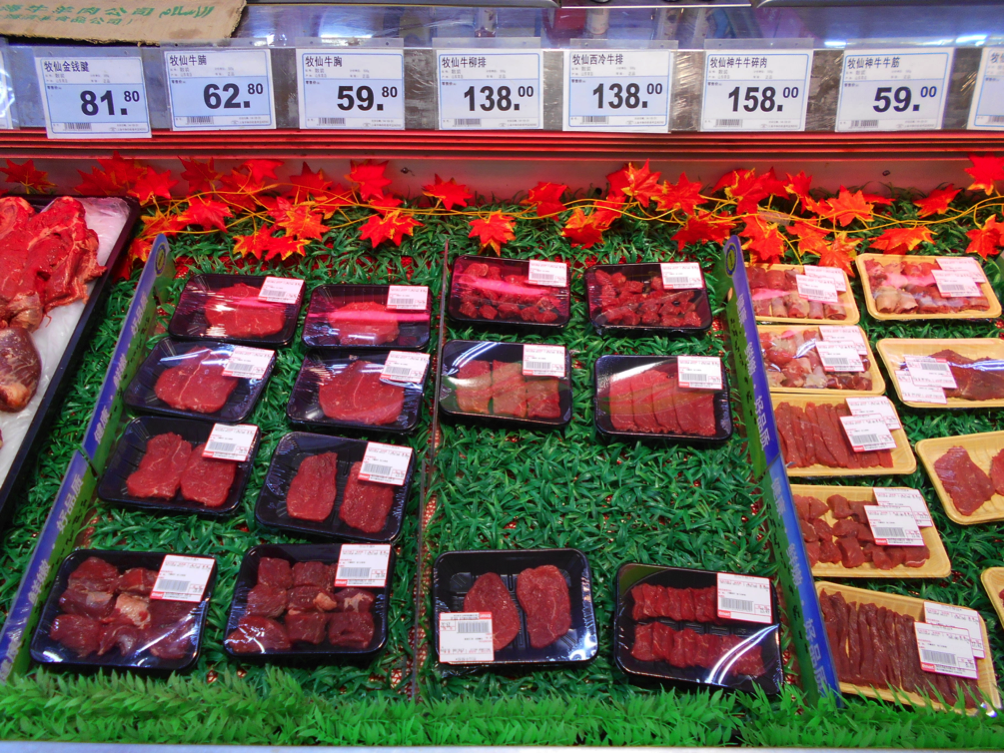
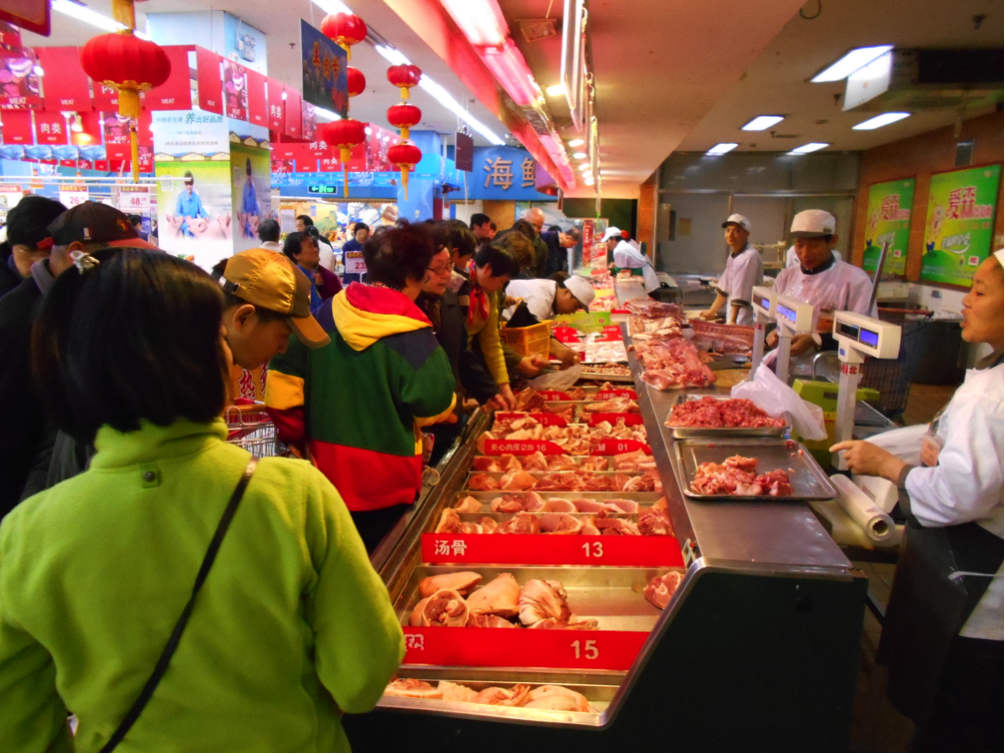
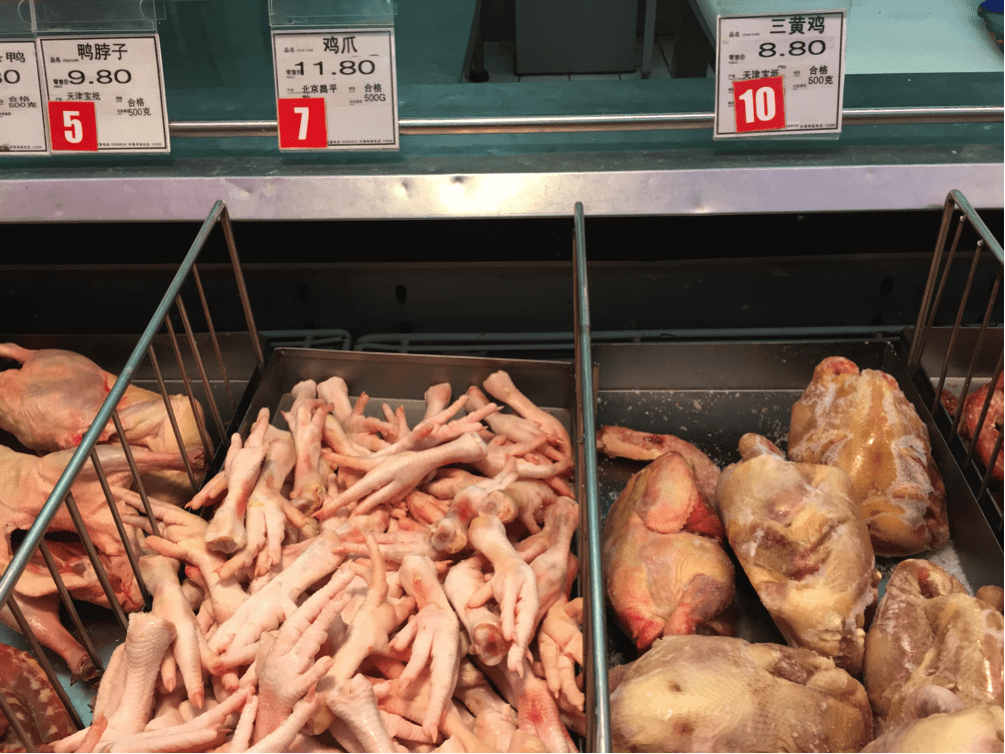


HAVE YOUR SAY